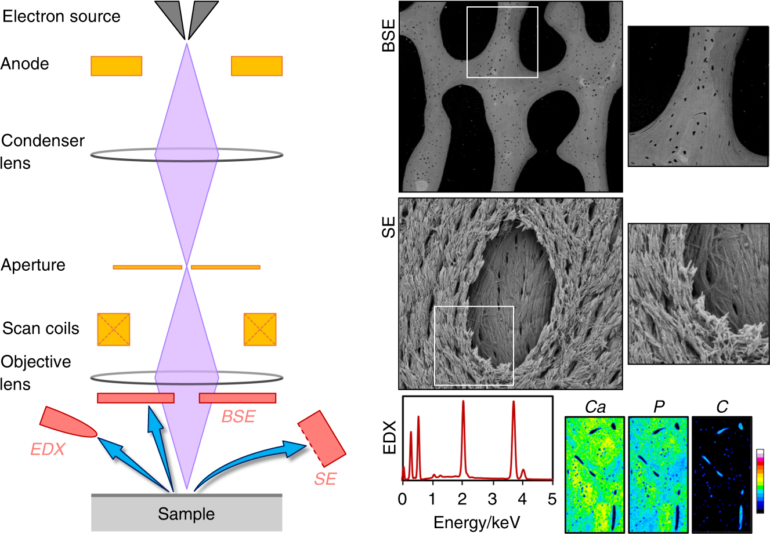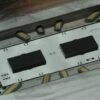Physicists at Friedrich-Alexander-Universität Erlangen-Nürnberg (FAU) have designed a framework that allows scientists to observe interactions between light and electrons using a traditional scanning electron microscope. The procedure is considerably cheaper than the technology that has been used to date, and also enables a wider range of experiments. The researchers have published their findings in the journal Physical Review Letters.
The quantum computer is just one example of how important an understanding of the fundamental processes underlying interactions between photons and electrons is. Combined with ultra-short laser pulses, it is possible to measure how photons change the energy and speed of electrons. This photon-induced electron microscopy (PINEM) has until now relied entirely on transmission electron microscopes (TEM). Although these have the resolution to pinpoint individual atoms, they are considerably more expensive than scanning electron microscopes (SEM), however, and their sample chamber is extremely small, only a few cubic millimeters in size.
Measuring differences down to a only a few hundred thousandths of a whole
Researchers at Prof. Dr. Peter Hommelhoff’s Chair of Laser Physics have now succeeded in modifying a traditional SEM to conduct PINEM experiments. They designed a special spectrometer based on magnetic forces which is integrated directly into the microscope. The underlying principle is that the magnetic field diverts electrons to a greater or lesser extent depending on their speed. Using a detector that transforms electron collisions into light, an accurate reading of this deviation is given. The method allows researchers to measure even the smallest changes in energy, up to differences of merely several hundred thousandths of the original value—enough to differentiate the contribution of a single light energy quanta—a photon.
A wider spectrum of experiments possible in the future
The Erlangen physicists’ discovery is pioneering in more ways than one. From a financial point of view, being able to research photon-electron interactions without using TEM, that cost several million euros, could make research more accessible. Furthermore, as the chamber of an SEM generally has a volume of up to 20 cubic centimeters, a much wider range of experiments is now possible, as additional optical and electronic components such as lenses, prisms and mirrors can be placed directly next to the samples. The researchers expect that in few years’ time, the entire field of microscopic quantum experiments will shift from TEM to SEM.
More information:
R. Shiloh et al, Quantum-Coherent Light-Electron Interaction in a Scanning Electron Microscope, Physical Review Letters (2022). DOI: 10.1103/PhysRevLett.128.235301
Provided by
Friedrich–Alexander University Erlangen–Nurnberg
Citation:
Investigating electrons with a traditional scanning microscope (2022, June 7)



